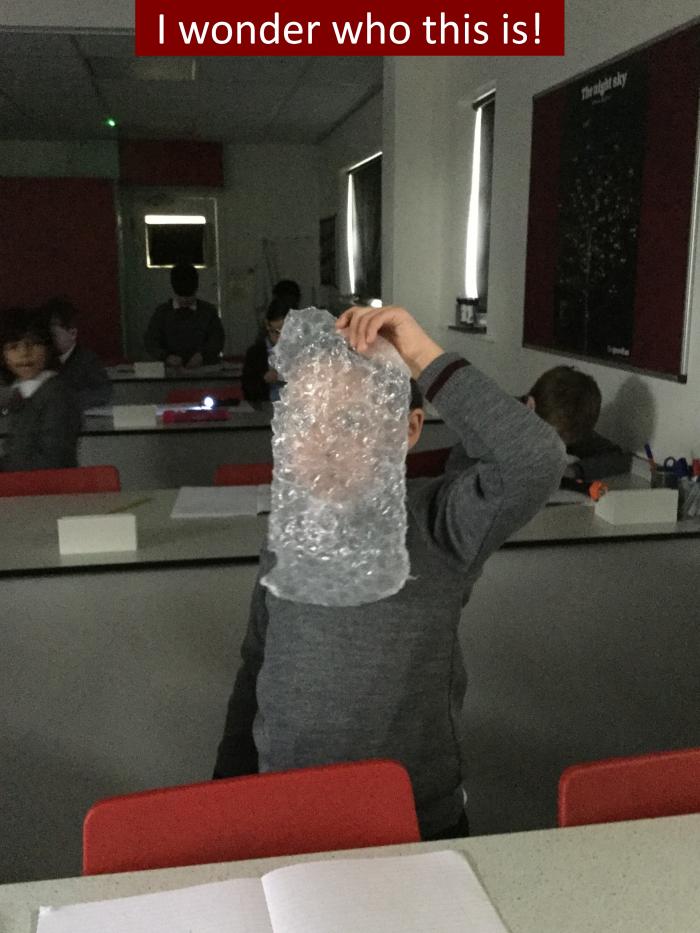
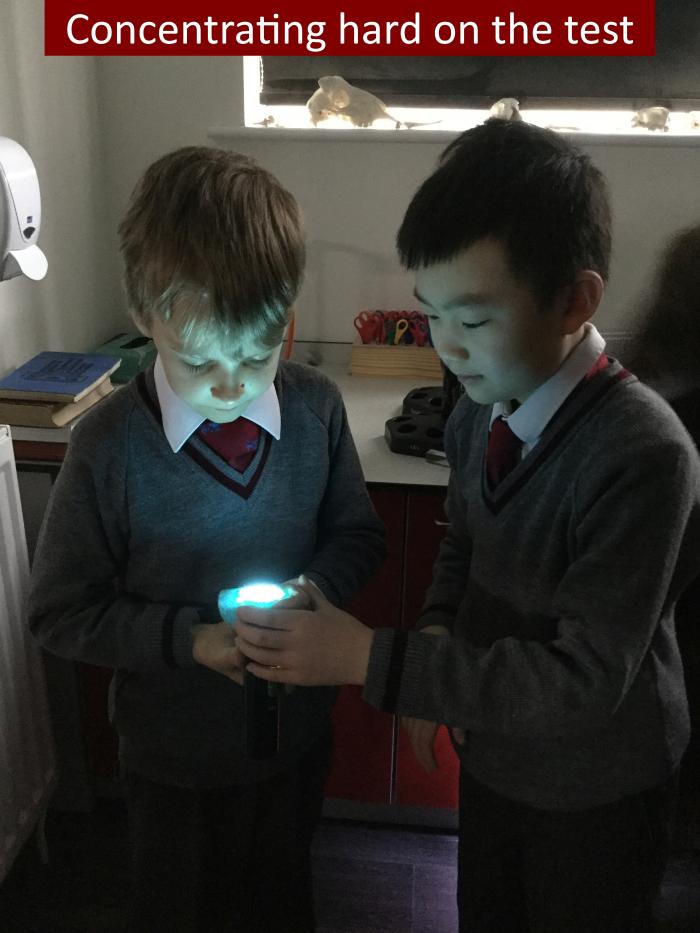
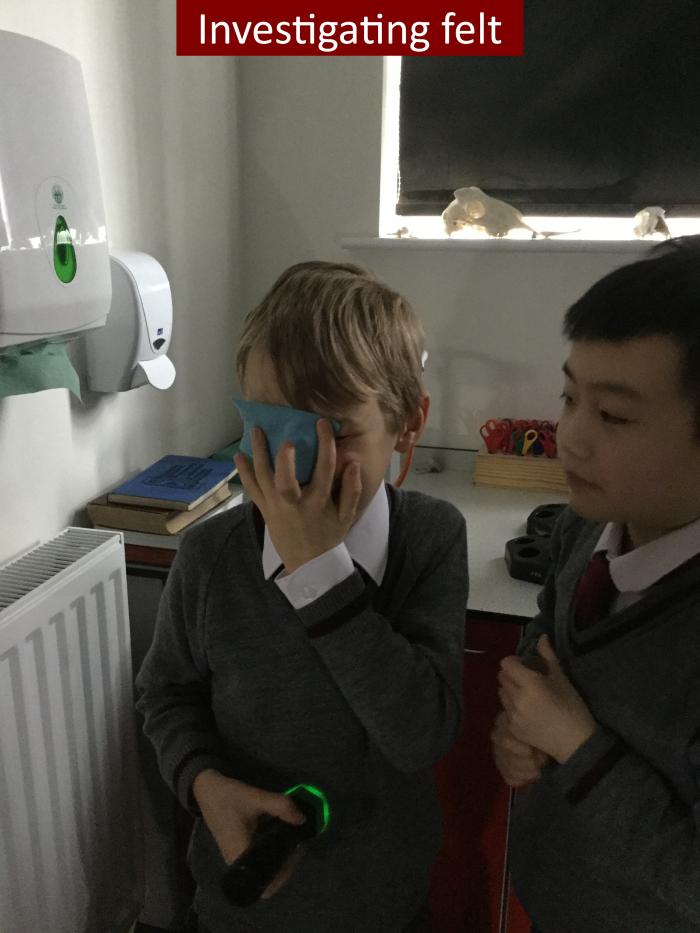
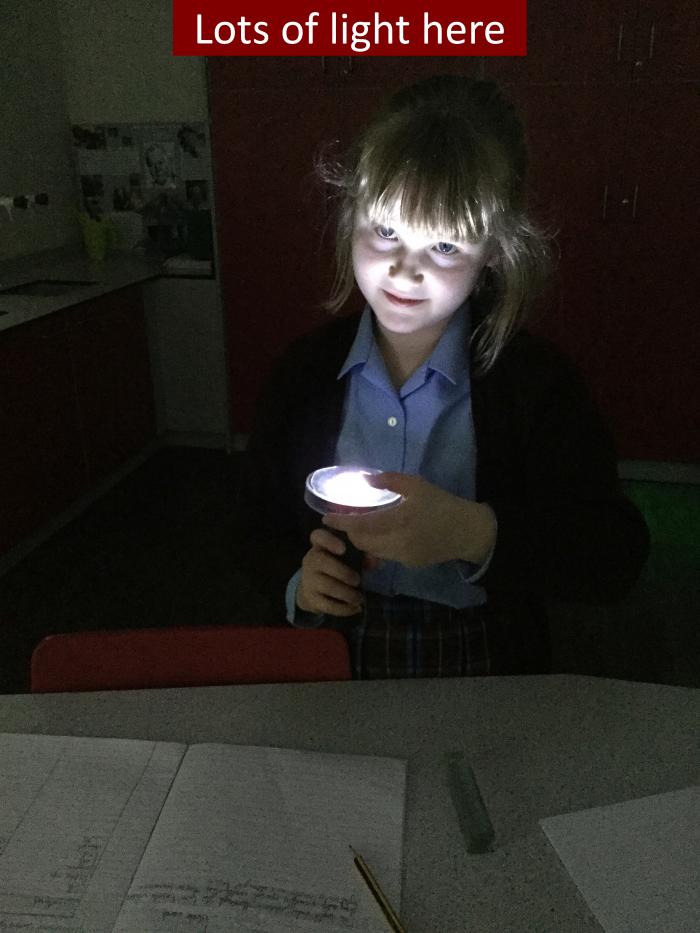
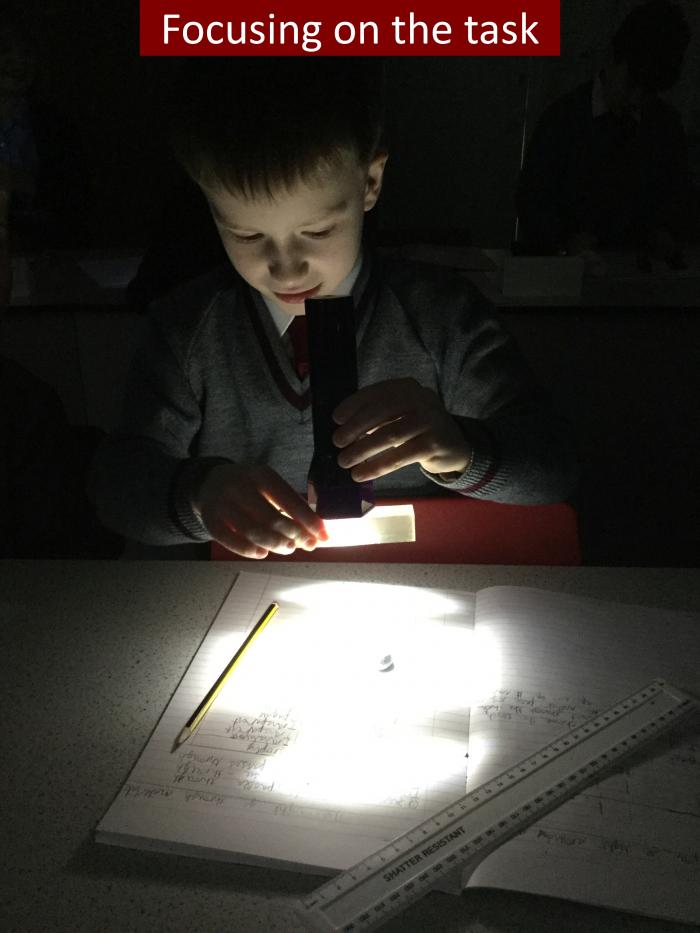
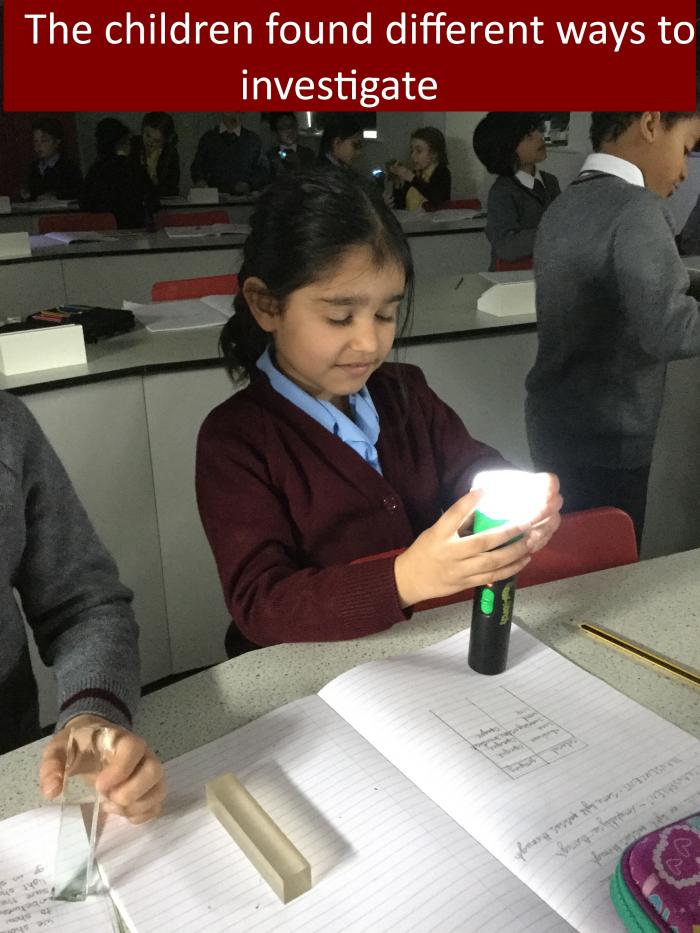
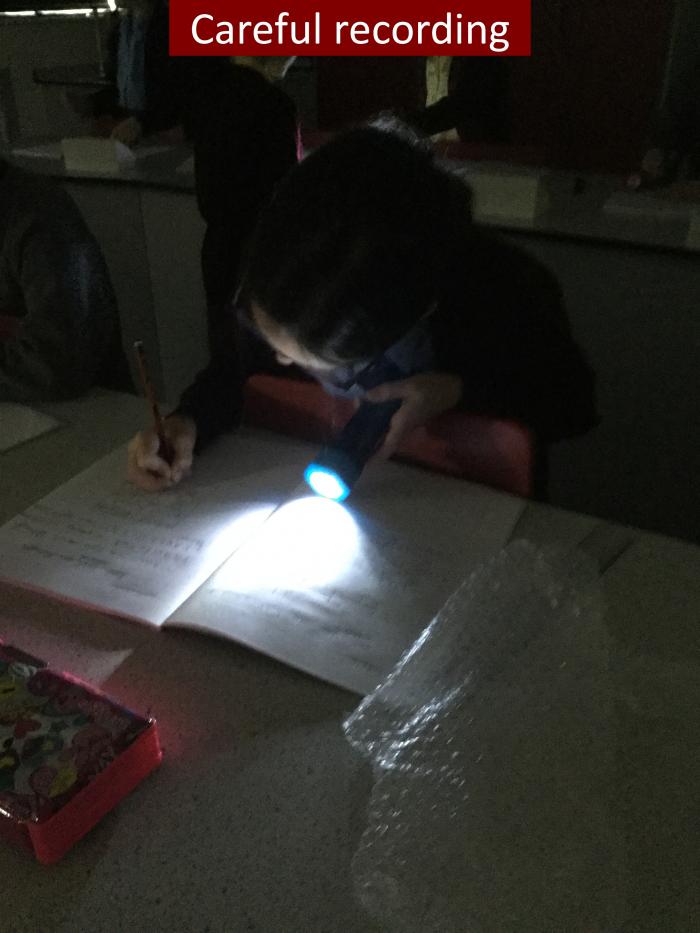
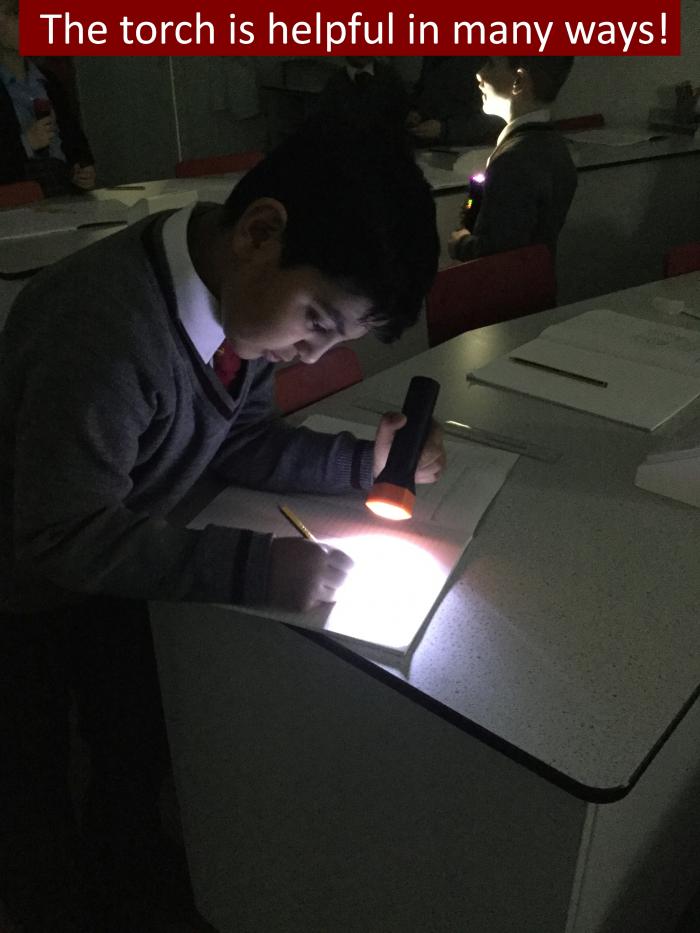
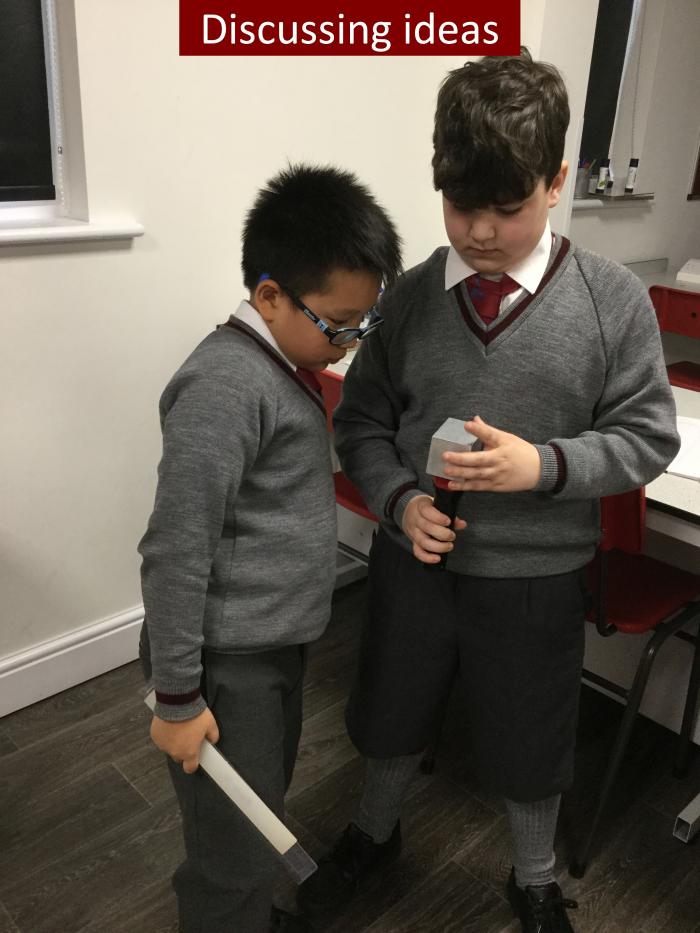
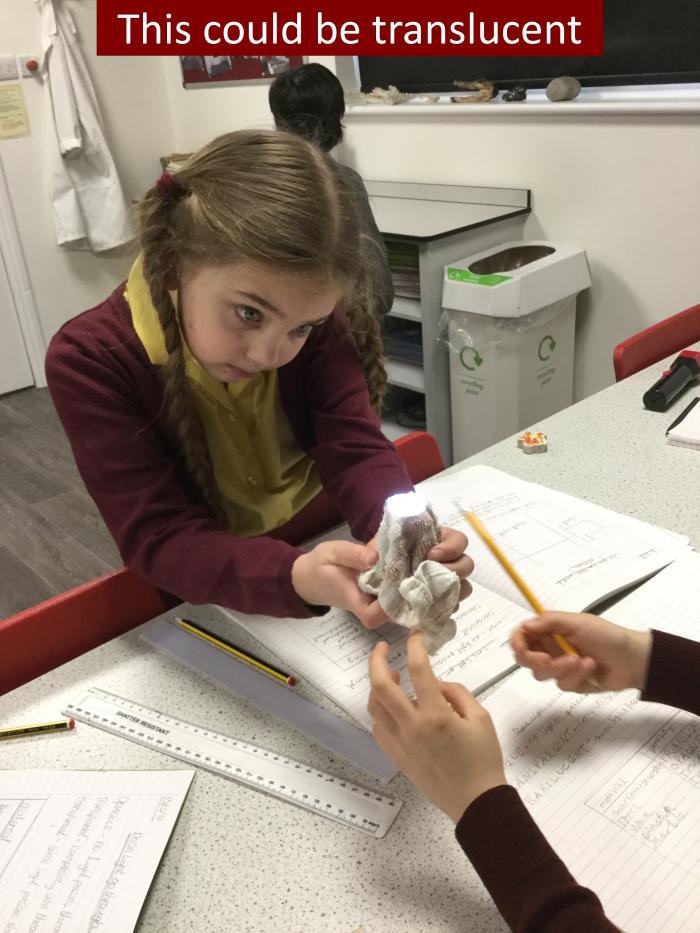
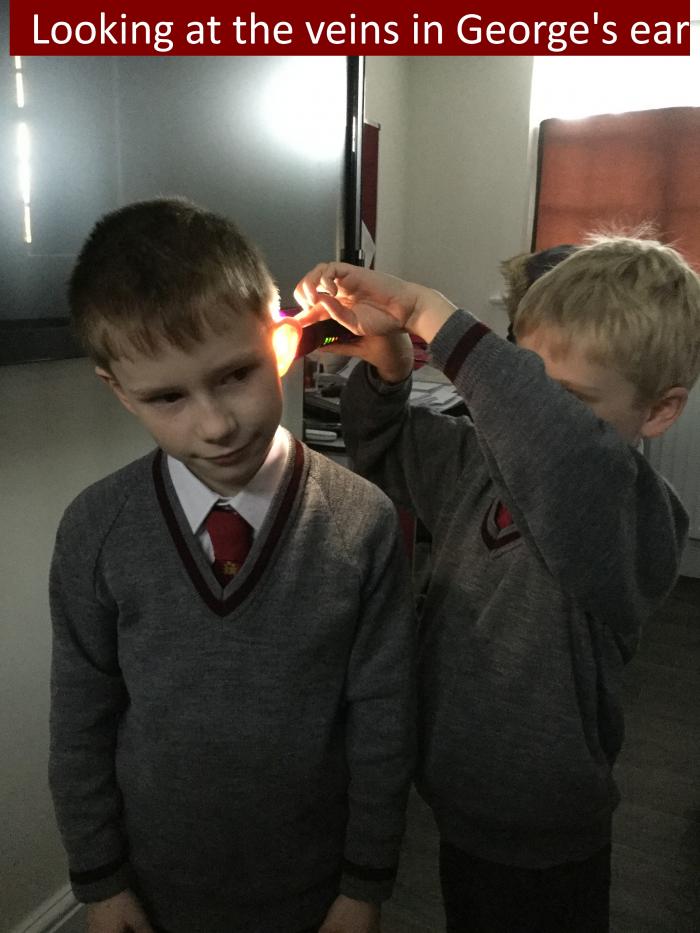
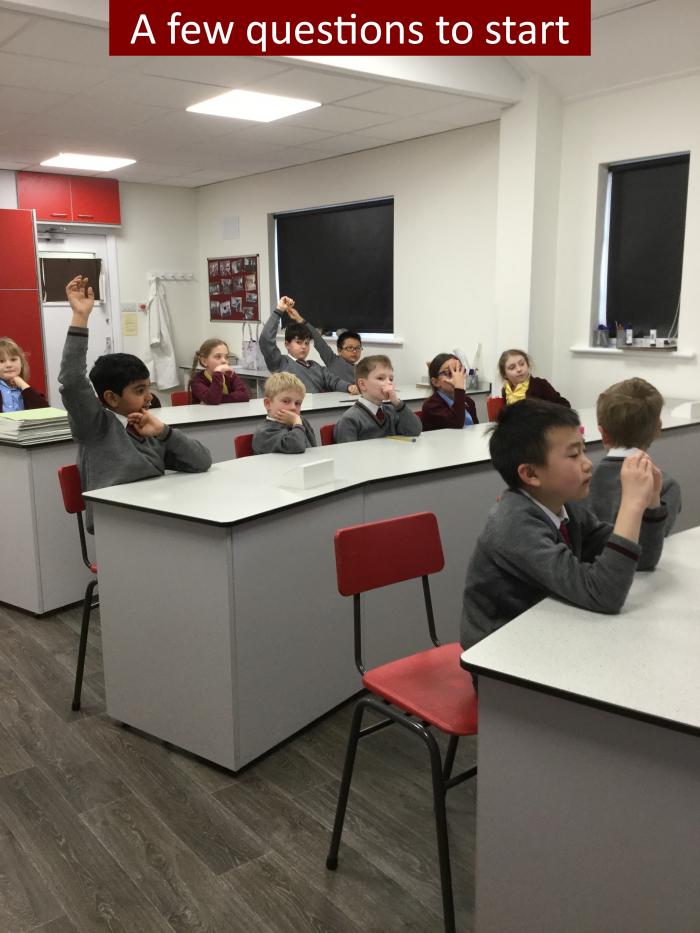
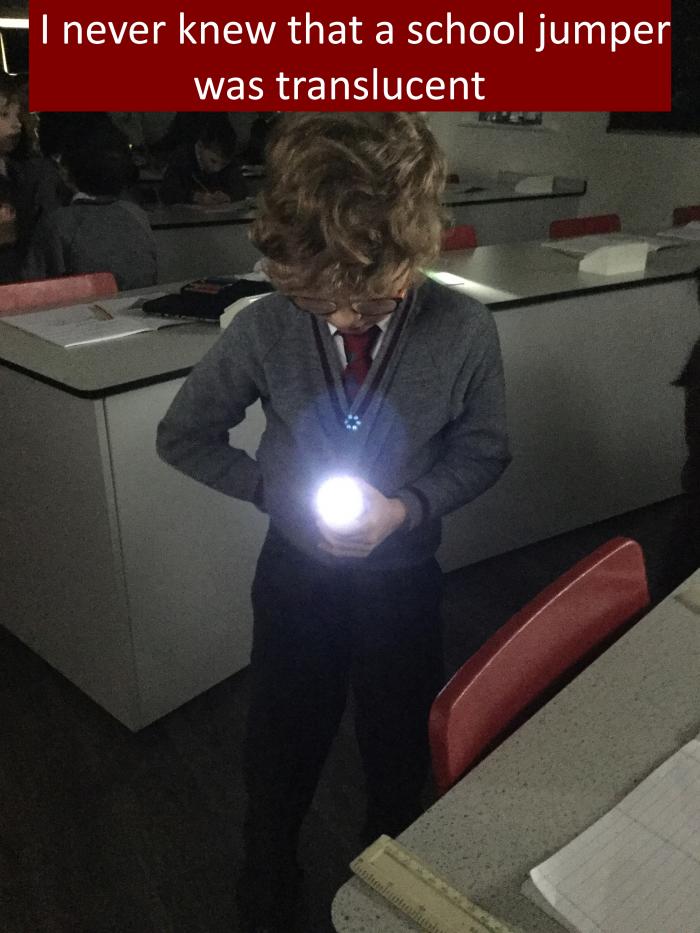
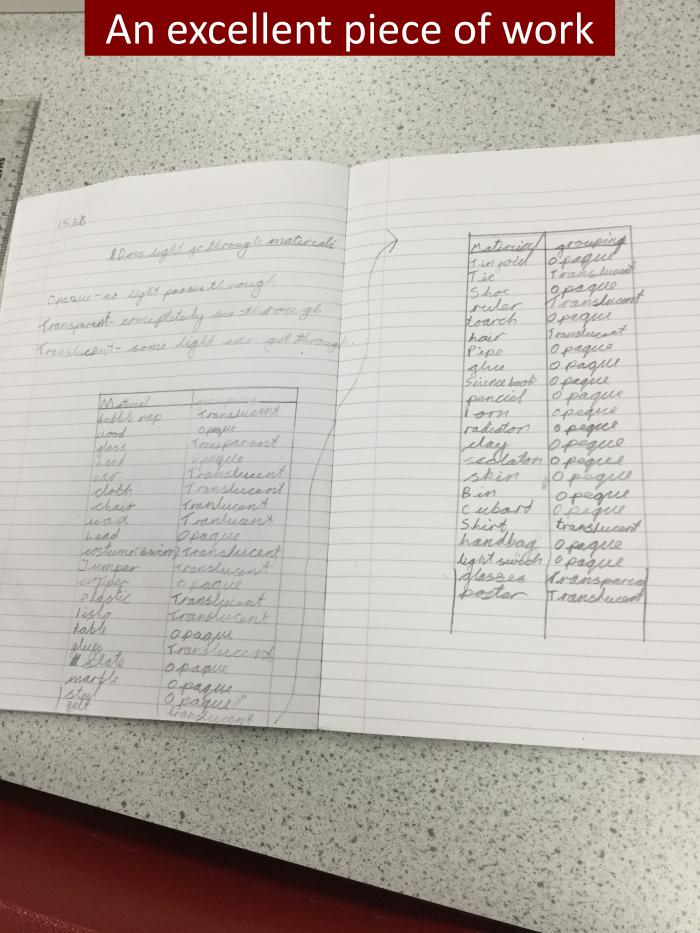
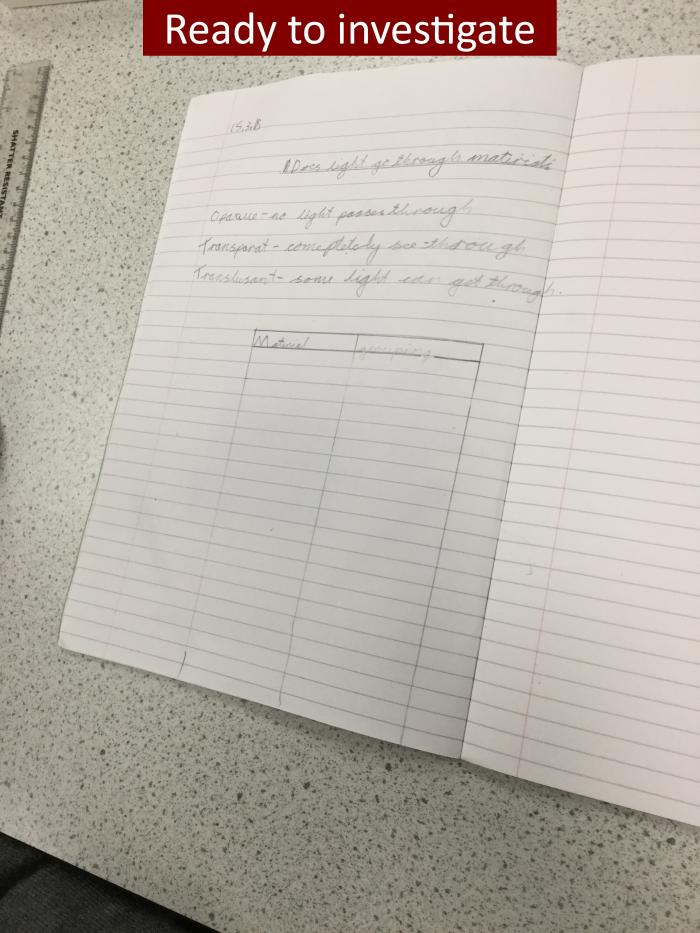
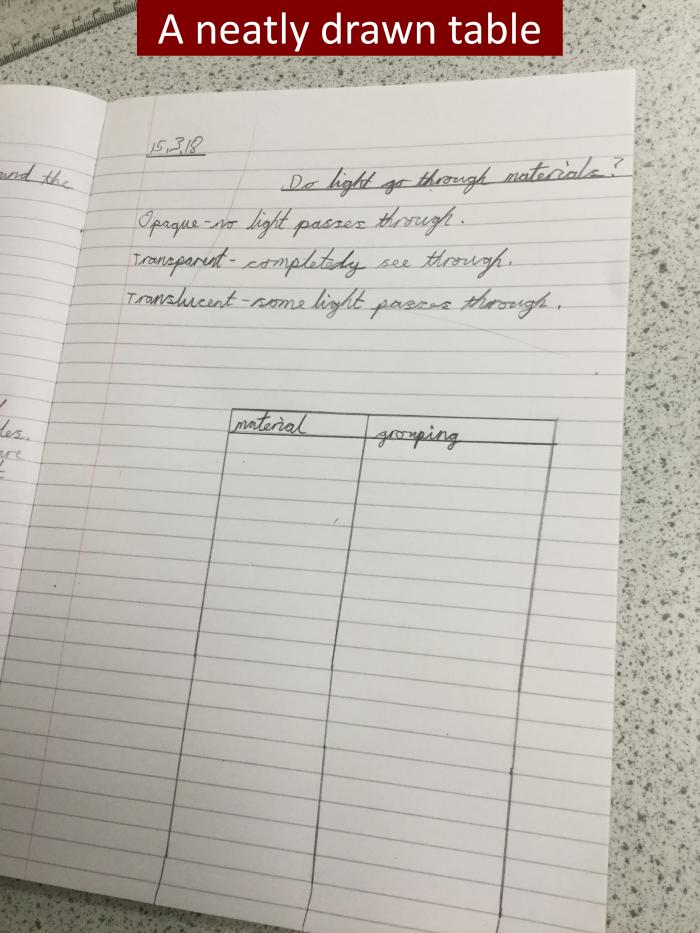
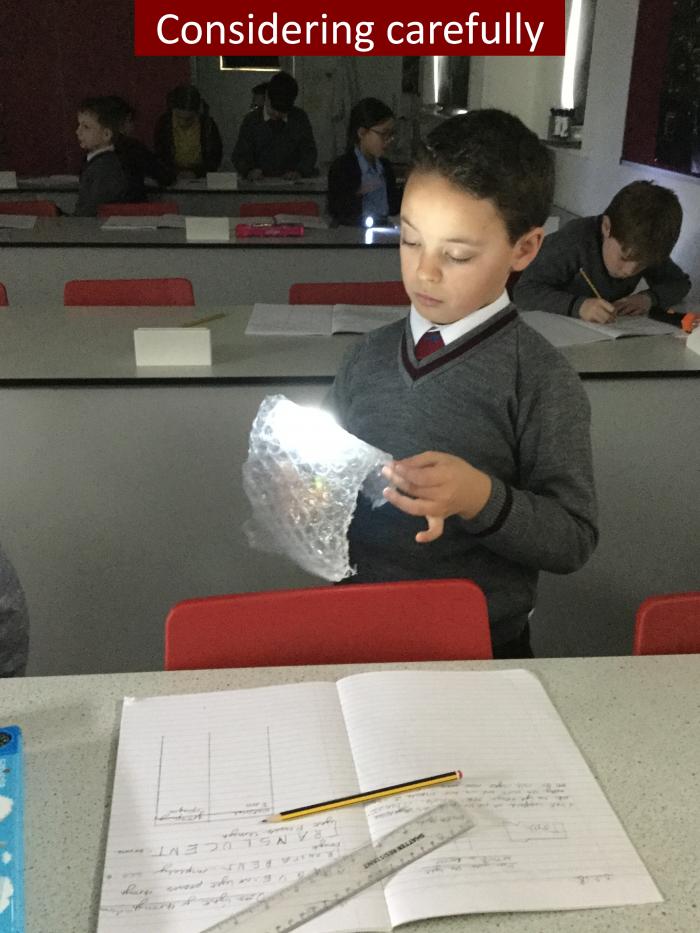
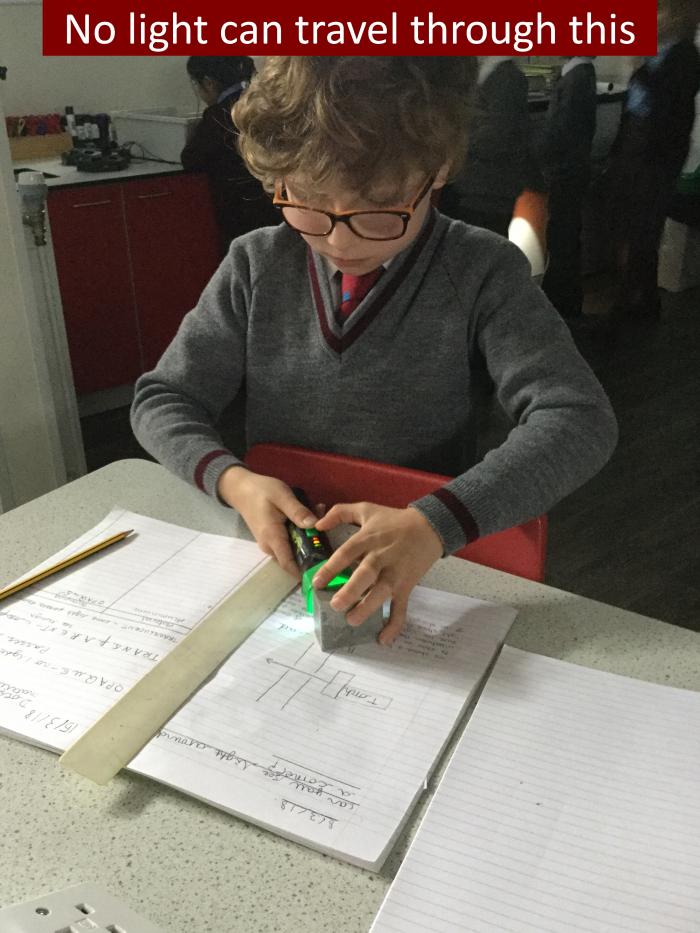
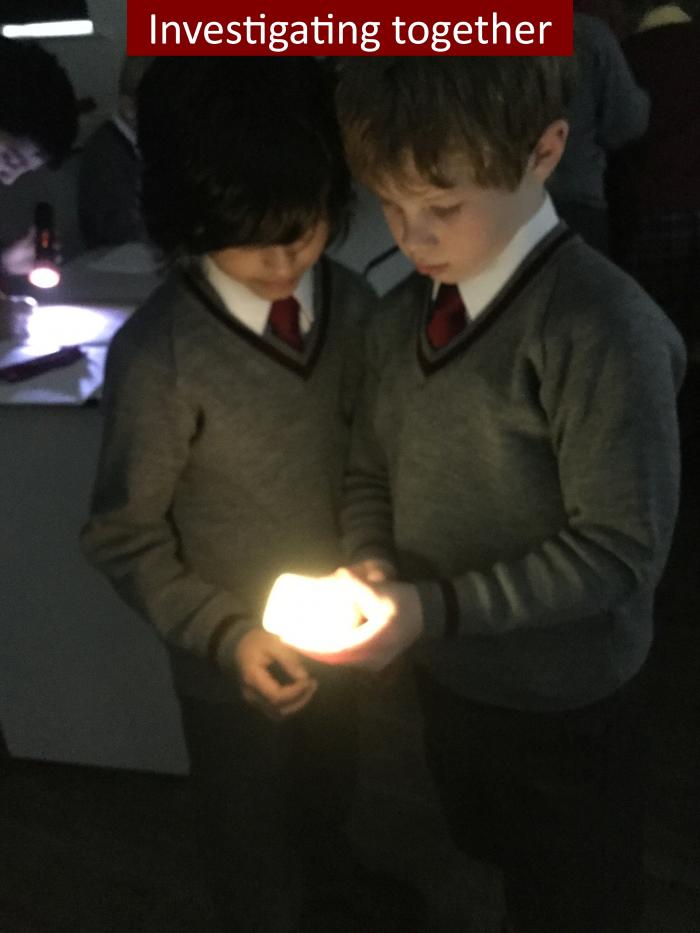
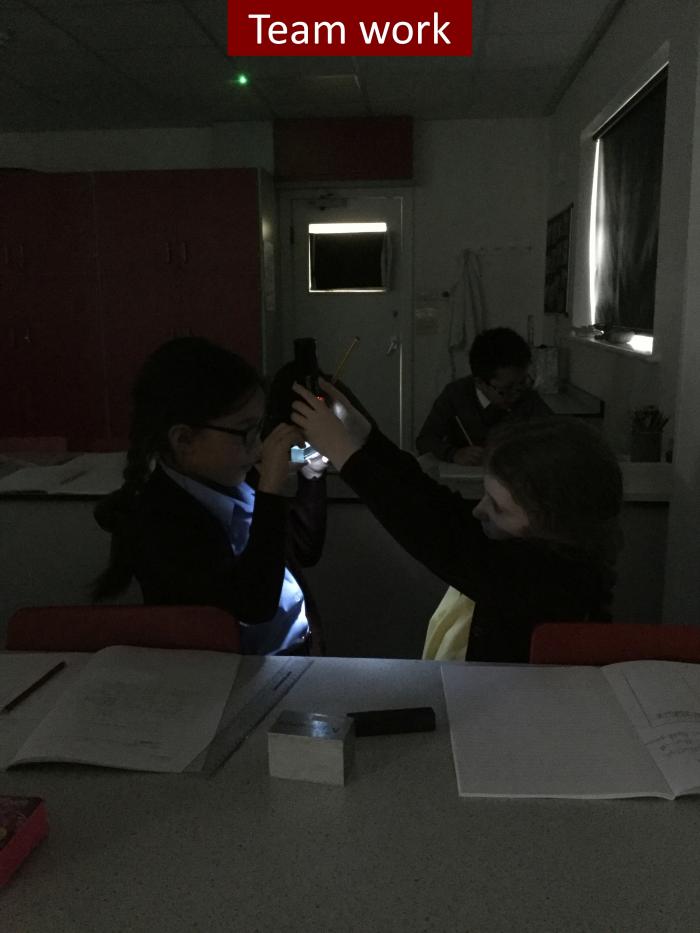
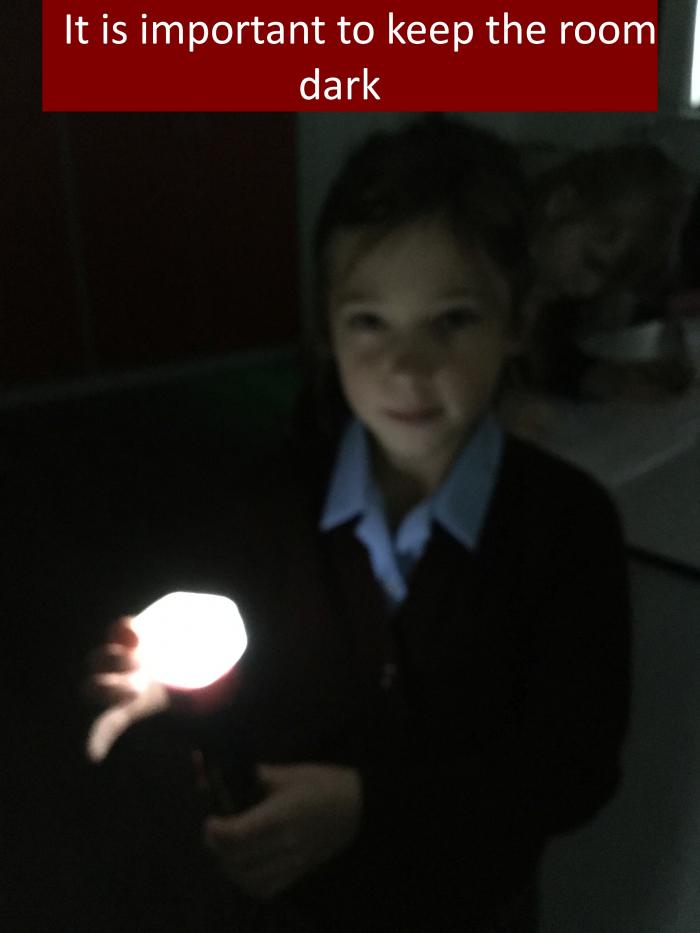
Travelling Light
This week at Eversfield we have been celebrating British Science Week with some very exciting scientific adventures. Every child, for instance, including those in Nursery and Kindergarten, has had the opportunity to run at least part of the way to the deepest point beneath the ocean, an amazing ten kilometres. At the same time they have been learning about deep sea exploration. Lucky Mrs Sliney, however, has run the entire distance from the water surface to the base of the Marianas Trench, and she is now feeling both very fit and utterly exhausted!
Of course it doesn’t need to be Science Week for Science lessons to be fascinating and fun. In their second Science lesson of the week, 3RB continued their topic on the properties of light. Mrs Sliney likes to start with a question, and in this case it was ‘Will light travel through anything?’ Previously, the children have learnt that light can only travel in straight lines, so now they had to think about what would happen if an object was put in the way. Surely the light could not bend over the object or go under it or round it? It would have to go through it, but what if that object was solid, like Mrs Sliney herself?
Having quickly established that light cannot pass through Mrs Sliney, the next step was to explore why this might be. The children suggested that a human body must be too thick for light to pass through it. Mrs Sliney was then keen to know which materials they thought would be more successful at letting through light and why. She introduced them to the key concepts of transparent, translucent and opaque. To distinguish between transparent and translucent, Mrs Sliney used a piece of paper. When she held it up to her face, the children could not see her, but they could see a torch shining through it, indicating that paper is translucent.
Before they started testing, the children prepared a results table in their books, and then were encouraged to explore the various materials around the laboratory. In order to achieve the best results, the room had to be kept quite dark, so the children found that their torches came in particularly handy to light up their page when they recorded their results.
Many of the materials proved to be highly intriguing. Max found it difficult to decide to what extent bubble wrap could be described as see through, whilst Karan and Will debated at some length whether the strong glow from wax meant that this material could be classified as transparent. Meanwhile, Martin held felt very close to his eyes to find out if he could see through it.
During the investigation, Dan was excited to discover that his fingers were translucent and glowed red when he shone the torch through them. This led to further exploration of easily accessible body parts such as ears and noses. Accurate positioning of the torch was, of course, crucial when testing, particularly where noses were concerned. Oliver found that, when he shone the torch directly against George’s ear, he could actually see the veins inside. Needless to say, he thought this was thrilling!
By the end of the lesson, the children had learnt and used three important scientific words. They were also able to provide a confident answer to the question posed by Mrs Sliney at the beginning of the lesson. A resounding NO!
When they get home, 3RB might want to investigate whether any other body parts are translucent so, parents, be warned! However, in school, Mrs Sliney will be moving on to ask what types of material make the most effective shadows. The children will then put together their own shadow puppet show. That sounds like great fun to me!